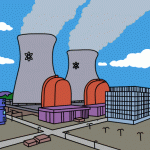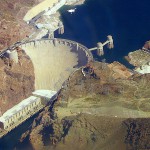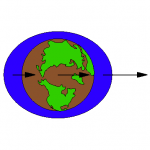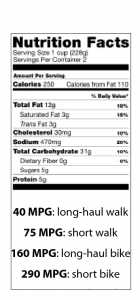[An updated treatment of this material appears in Chapter 15 of the Energy and Human Ambitions on a Finite Planet (free) textbook.]
A recent thrust on Do the Math has been to sort our renewable energy options into “abundant,” “potent,” and “niche” boxes. This is a reflection of my own mathy introduction to the energy scene, the result of which convinced me that we face giant—and ultimately insurmountable—hurdles in our quest to continue a growth trajectory. It is not obvious that we will even manage to maintain today’s energy standards. We have many more sources/topics to cover before moving on to the “now what” phase of Do the Math. Meanwhile, requests for me to address the nuclear story are mounting. So before readers become mutinous, I should interrupt the renewable thread to present my nuclear reaction. It’s a rich topic, and in this post I will only give a tutorial introduction and my big-picture take. A single post can’t possibly address all the nuances, so my main goal here is to demystify what nuclear is all about, build a vocabulary, and set a foundation for further discussion in later posts.
Views: 33183









